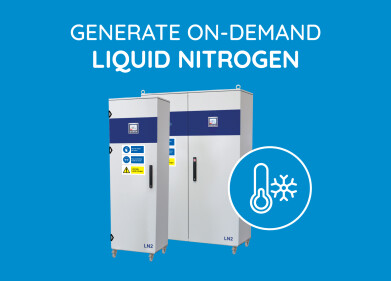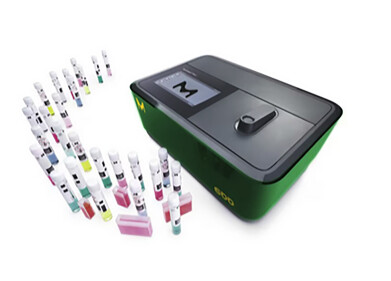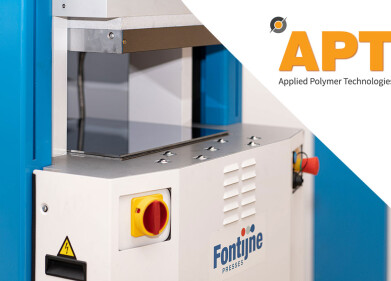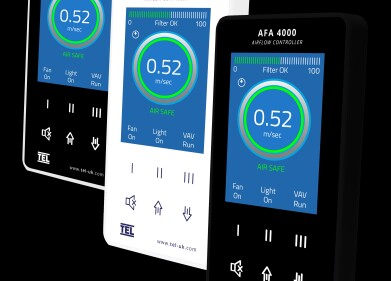Laboratory products
World’s First Commercial Apparatus for Dissolution Testing of Inhaled Drugs
Apr 19 2010
Copley Scientific has launched the world’s first commercially available apparatus designed specifically for dissolution testing of inhaled drug formulations. Based on a concept developed by Professor Jason McConville and his team at the College of Pharmacy, University of Texas, a new NGI dissolution cup and membrane holder enables dissolution testing of size-fractionated particles selected from the emitted dose. Simple to use and employing analytical methodology based on established pharmacopoeial techniques for transdermal patches, it provides information that allows developers to more closely tailor inhaled drug delivery. The launch underlines Copley Scientific’s commitment to commercialising new analytical techniques for inhaled product testing and to providing the very best tools for development and QC. Dissolution testing is widely applied in the development and manufacture of oral dosage forms, but is not yet in widespread use for inhaled products, where the prime focus is successful deposition in the lung. Currently there are no official dissolution test methods for inhaled products. However, increasing use of the pulmonary route to deliver larger molecules and/or systemic therapies means growing emphasis on the rate of active pharmaceutical ingredient dissolution. Dissolution information allows the development of more sophisticated inhalation products with delayed release characteristics and/or more closely controlled drug delivery profiles.
In dissolution testing for inhaled drugs the respirable portion of the emitted dose is of primary interest. The new solution from Copley Scientific addresses this by integrating conventional tablet dissolution testing equipment within the Next Generation Impactor (NGI), a system used routinely for aerodynamic particle size measurement to size fractionate a sample. The NGI dissolution cup fits into a conventional NGI cup tray but has a 50mm removable insert in the impaction area, allowing the collection of particles lying in a specific size fraction. The collected sample is tested in a dissolution tester using a procedure very similar to the ‘Paddle over Disc’ technique described in the pharmacopoeia for transdermal patches. Copley Scientific also offers a similar solution for use with the Andersen Cascade Impactor.
Digital Edition
Lab Asia 31.6 Dec 2024
December 2024
Chromatography Articles - Sustainable chromatography: Embracing software for greener methods Mass Spectrometry & Spectroscopy Articles - Solving industry challenges for phosphorus containi...
View all digital editions
Events
Jan 22 2025 Tokyo, Japan
Jan 22 2025 Birmingham, UK
Jan 25 2025 San Diego, CA, USA
Jan 27 2025 Dubai, UAE
Jan 29 2025 Tokyo, Japan



















